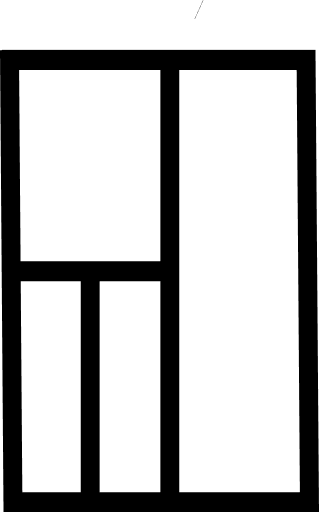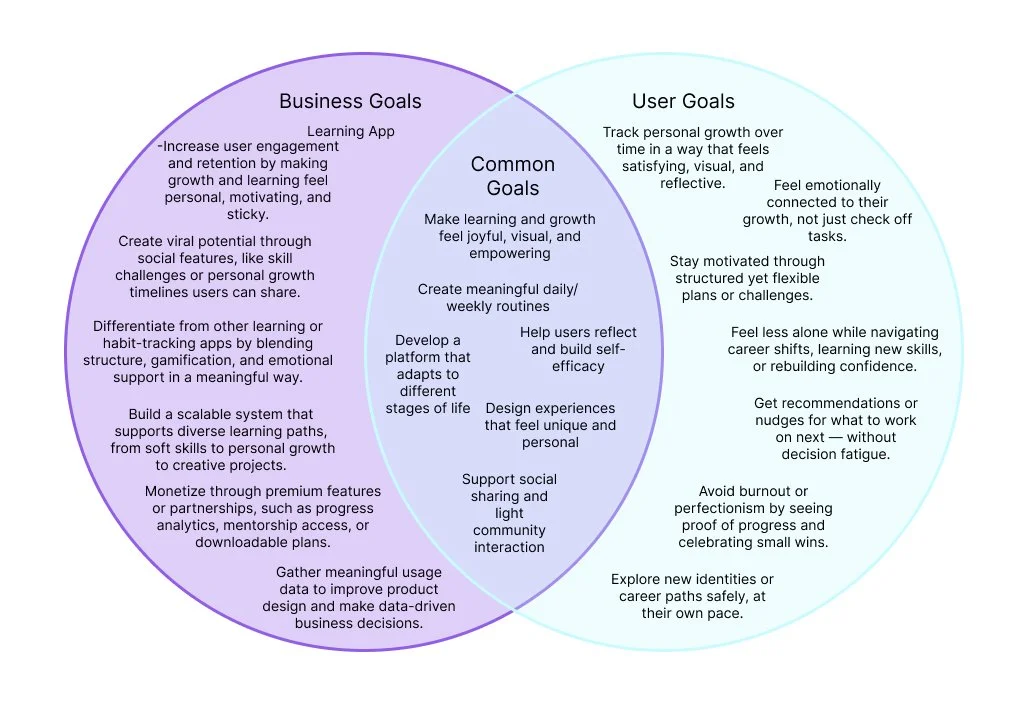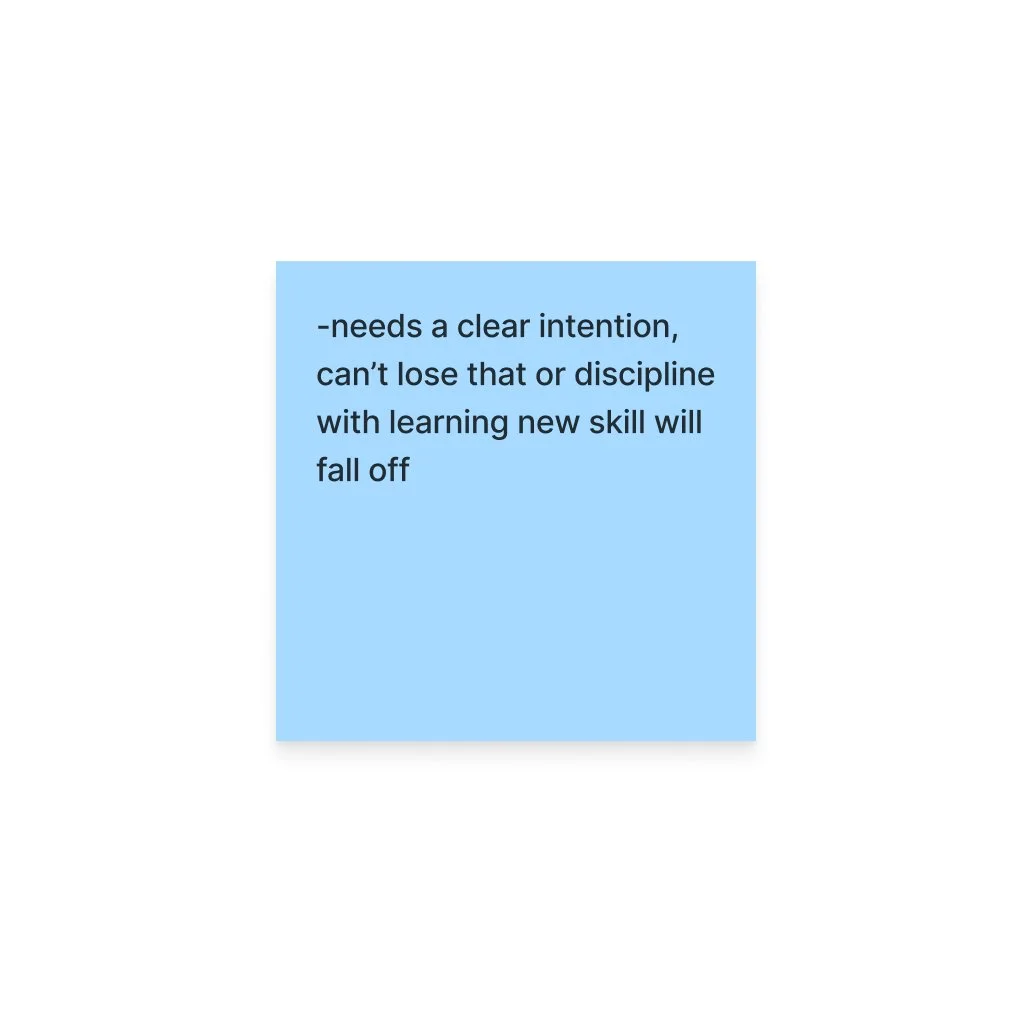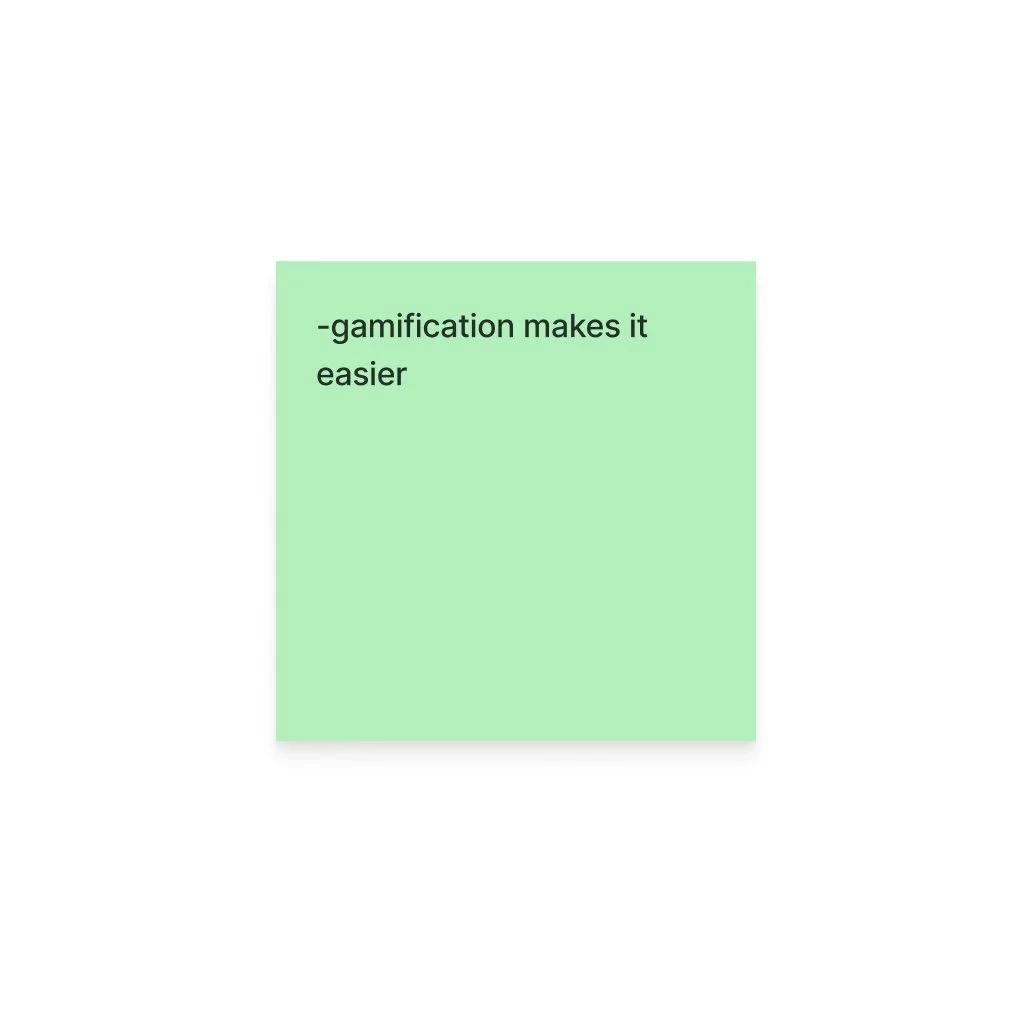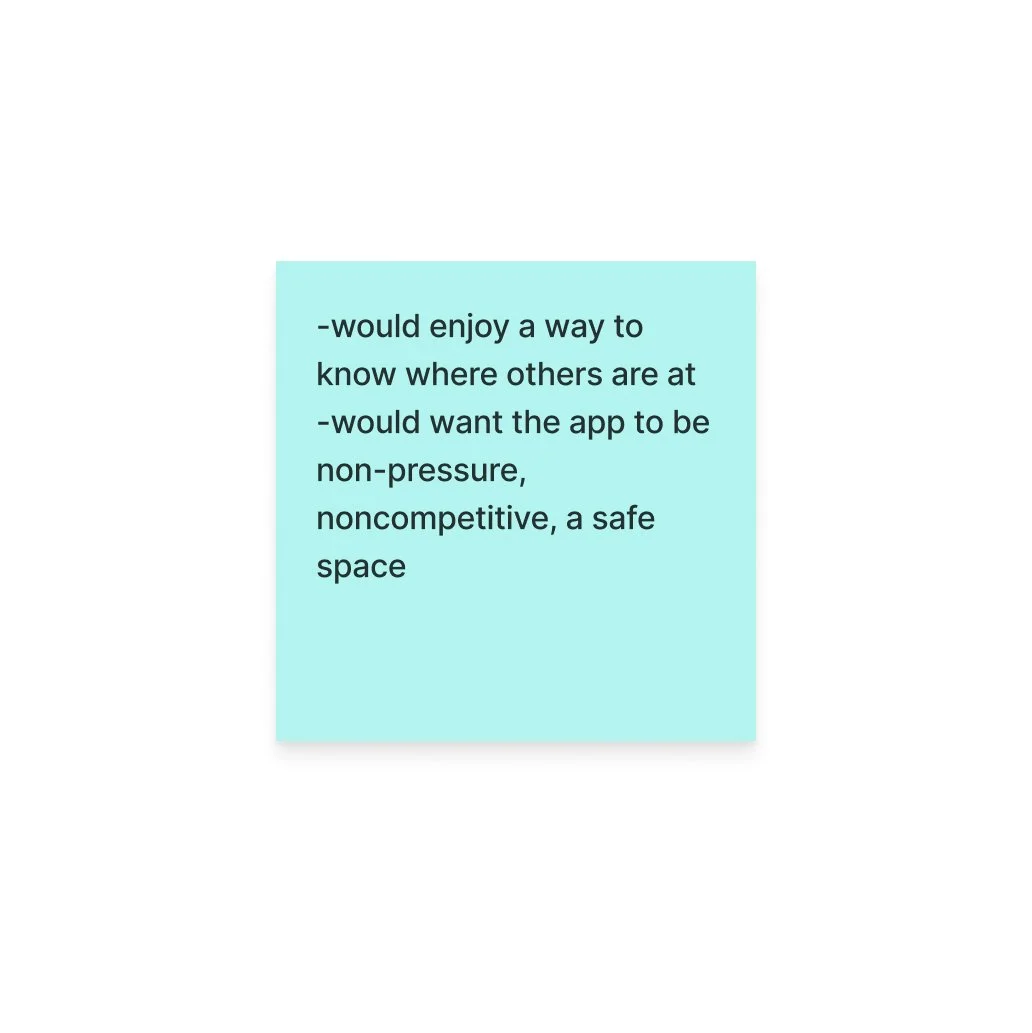Open Track
Designing a daily learning app for busy, curious learners who struggle with consistency and motivation—creating structured, bite-sized experiences that foster habit formation and community connection.
Timeline:
6 weeks
Tools Used:
Calendly
Google Meet
Otter
Figma
FigJam
Maze
Role:
UX / UI Designer
Area:
EdTech
Trying to get learning habits to stick…designing for progress over perfection…
To better understand the challenges people face with daily learning and habit formation, I conducted remote, one-on-one interviews with five adults from various parts of the world. The participants ranged in age, background, and learning goals — including students, young professionals, and creative hobbyists — which helped me explore diverse perspectives on how people engage with learning outside of formal environments.
Design Goals & Strategy
Wireframing to Prototype
The branding process became an unexpected lesson in balancing emotional resonance with practical accessibility. Initially drawn to warm, meditative orange tones that seemed to address user pain points around motivation and consistency, accessibility testing revealed critical contrast issues that would exclude users across devices and backgrounds. This challenge led to a thoughtful pivot toward calming, inclusive blues that maintained the product's approachable personality while meeting WCAG compliance standards.
User Testing
Outcome & Next Steps
I received some feedback that the orange in the original design may not meet all accessibility standards, so I changed it to this slightly darker blue, am still considering further color refinement.
Methods:
-Primary Method: Semi-structured remote interviews via Google Meet
-Competitive Analysis: Learning apps (Duolingo, Luminosity, Headspace, Elevate)
-Participants: 5 adults from diverse cultural and professional backgrounds
Interview questions focused on:
-What motivates or demotivates someone to learn something new?
-Have people tried any learning platforms or productivity tools? What worked or didn’t?
-What gets in the way of people staying consistent?
-What would make learning feel more sustainable or exciting to users?
-How do people want to feel when they complete a learning goal or challenge?
Deeper Insights:
The research revealed a fascinating paradox at the heart of modern learning: while nearly every participant expressed genuine enthusiasm for acquiring new skills, they consistently struggled with the follow-through. The culprit wasn't lack of interest—it was the overwhelming nature of choice and commitment that traditional platforms demanded. One user perfectly captured this sentiment, explaining that existing platforms "feel like committing to a semester of homework," highlighting how the course-centric model had become a barrier rather than a bridge to learning.
What emerged instead was a clear desire for learning that felt more like daily self-care than academic obligation. Participants gravitated toward the idea of flexible tracks aligned with personal goals—"Creative Confidence" or "Level Up at Work"—that could provide structure without rigidity. Most telling was their relationship with progress itself: users cared less about mastering content and more about maintaining forward momentum, finding visual progress indicators and streak systems genuinely motivating. The social element proved equally nuanced—while some craved optional accountability and shared challenges, others preferred solo learning without pressure, revealing the need for a solution that could gracefully support both learning styles.
The design process for Open Track emerged as an organic conversation between user insights and iterative refinement. Rather than following a rigid framework, I embraced a fluid approach that allowed me to respond to real user behavior as it unfolded—continuously cycling between ideation, testing, and adaptation based on what actually resonated with learners versus what I initially assumed they needed.
This responsive methodology proved essential as user feedback consistently guided critical decisions. Early wireframes revealed which features truly served users and which created unnecessary friction. Challenge reflections, initially seen as valuable for deeper learning, were removed when users found them burdensome, while elements like visible progress tracking and autonomous challenge creation were strengthened based on their strong positive response. The process generated comprehensive deliverables including problem statements, visual direction through mood boards and style tiles, detailed research documentation, extensive user flows, wireframes spanning low to mid-fidelity, and unmoderated usability testing that validated design decisions with real user behavior.
Research & Insights
Define
The design phase unfolded as a journey from rough concept to refined experience, beginning with exploratory sketches that captured the essential structure of challenge flows and home screen organization. This foundation evolved through low-fidelity wireframes that established clear hierarchy and interaction patterns, ultimately progressing to high-fidelity UI designs that brought the user experience to life. The iterative nature proved crucial—I've already completed one major revision since the initial version and anticipate continued evolution as user feedback shapes the product's direction.
The name "Open Track" emerged to capture the core values of flexibility, personal agency, and shared growth, while the logo design balances openness and motion—subtle nods to both exploration and progress that align with the app's low-barrier, daily-use philosophy. The final deliverables encompassed everything from mood boards and comprehensive style tiles to interactive prototypes and a fully accessible color palette.
Validating Open Track's design direction required a strategic approach to testing within tight time constraints, balancing the need for user insights with project realities. Live, moderated sessions during the wireframe phase proved invaluable—observing users navigate early layouts in real time revealed critical friction points, particularly around challenge creation flows and navigation clarity that would have been costly to discover later in the process.
Transitioning to unmoderated testing with high-fidelity Figma prototypes offered broader reach but mixed results. While the limited sample size and asynchronous feedback constrained deeper insights, the feedback that did emerge was encouraging—users noted that the experience felt "different from typical learning apps," appreciating both the visual clarity and platform flexibility. These tests illuminated three key areas for refinement: simplifying the challenge creation interface, clarifying button hierarchy and action language, and improving progress visibility through the Growth Map and Stats features. Though the prototype remains iterative, these early insights directly shaped final UI decisions and established a foundation for ongoing testing as the product continues to evolve.
At the core of this project, I discovered that people crave a safe, personalized space to learn—one that offers autonomy, flexibility, and the choice to grow independently or alongside others. Research and testing revealed that learning is deeply emotional and social for some, while remaining private and individual for others. Designing for this complexity became both the project's greatest challenge and most meaningful opportunity.
Working under tight time constraints taught me to trust the design process more fully—moving forward with clarity, iterating faster, and balancing thoughtful design with efficient execution. I learned to release perfectionism in favor of building something adaptable and scalable. If I could restart, I'd simplify early ideation to create more space for user testing and refinement, though I'm proud of creating a solid foundation with real growth potential in the time available.
Moving forward, I plan to continue developing Open Track's system architecture and refining the challenge structure and discovery features. I have a growing interest in developing and enhancing AI interfaces, like the one in this project.
For potential employers, I want to emphasize my comfort with making mistakes as essential learning opportunities—I work to learn from every challenge, adjust quickly, and push forward with curiosity and creativity. What I'm most proud of is the ambition and resilience it took to bring Open Track to life, reminding me that I have the tools and mindset to create whatever I can imagine with care, conviction, and openness to continual growth.
